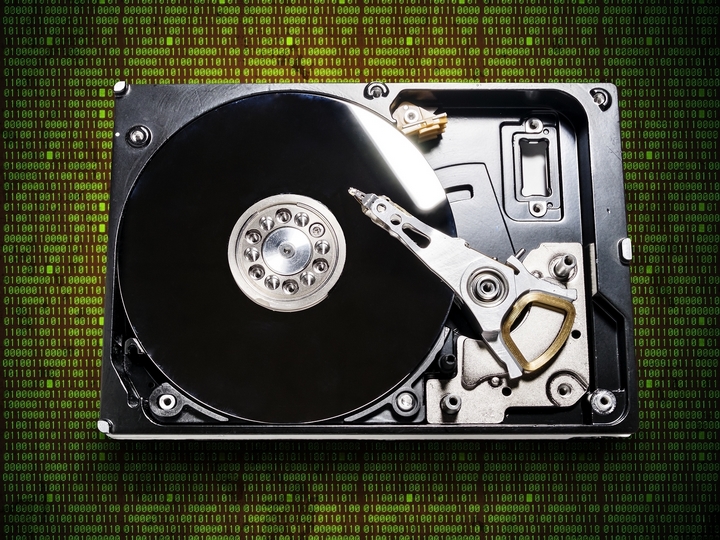
Proper hard drive destruction is essential if you intend to prevent the recovery of previously contained information. All you may need to destroy your paper documents might be professional paper shredding services. However, destroying your electronically stored data might be a little bit more challenging. Unfortunately, you cannot permanently remove any file from a hard drive by selecting it and pressing the delete button. To ensure you understand hard drive destruction techniques and make the right choice, below is a detailed look at safe data removal options.
1. Overwriting the hard drive
This method of document destruction uses disk-wiping software to replace the data stored in hard drives with meaningless characters. Choosing disk-wiping software that is compatible with the hard disk to be overwritten is of uttermost importance, especially since there are various versions available. In some countries, overwriting is recommended before degaussing or destruction, particularly for operable hard drives. However, one overwriting pass is never enough, which is why it has to be performed by a careful and patient person who understands the process. Overwriting it might take a considerable amount of time depending on the size and age of your drive.
2. Degaussing
This method involves eliminating the drive’s magnetic field. The two degaussing alternatives are:
• Passing hard disks through the magnetic field of a powerful, fixed, rare-earth magnet to erase data permanently.
• The use of a powerful electromechanical pulse to create a strong magnetic field instantaneously. This magnetic field is then used to permanently erase data from hard drives placed in an enclosed chamber.
Because of variations in the format, magnetic density, and method by which hard disks store information, you need a degaussing device with enough magnetic power to overcome the hard drive’s magnetic field and erase the stored data completely.
3. Crushing
This technique completely destroys data by subjecting the hard drives to extreme pressure. A conical steel punch, available in powered and manual models, is usually used. Crushing is only good for destroying a low volume of drives even though rendering a drive inoperable by deforming it solves the problem of document destruction. However, the information contained is still intact even if your hard disk is deformed. The data is just harder to retrieve.
4. Shredding
This method involves the use of hard-drive shredders that rip the drives to shreds. Although this process is the same as paper shredding, the machines used are stronger and can destroy different types of drives. The largest hard-drive shredder available is capable of destroying as much as 2,500 drives per hour.
5. Disintegration
This method involves the use of a heavy-duty disintegrator to cut the hard drives into small pieces until they become unrecognizable and not reconstructible. This process is usually done after shredding. While this method is the same as shredding, disintegration results in much smaller and more damaged particles.

Leave a Reply